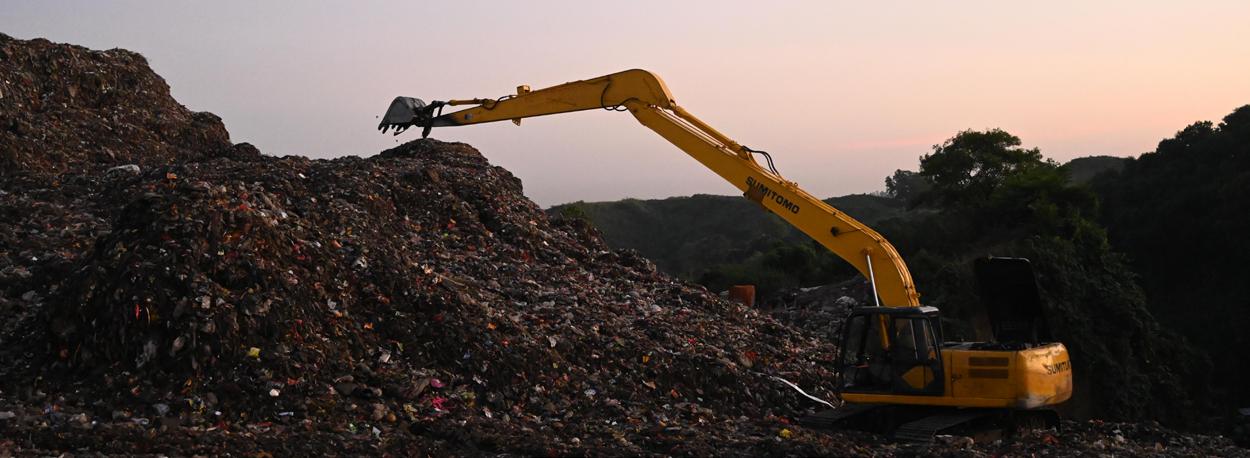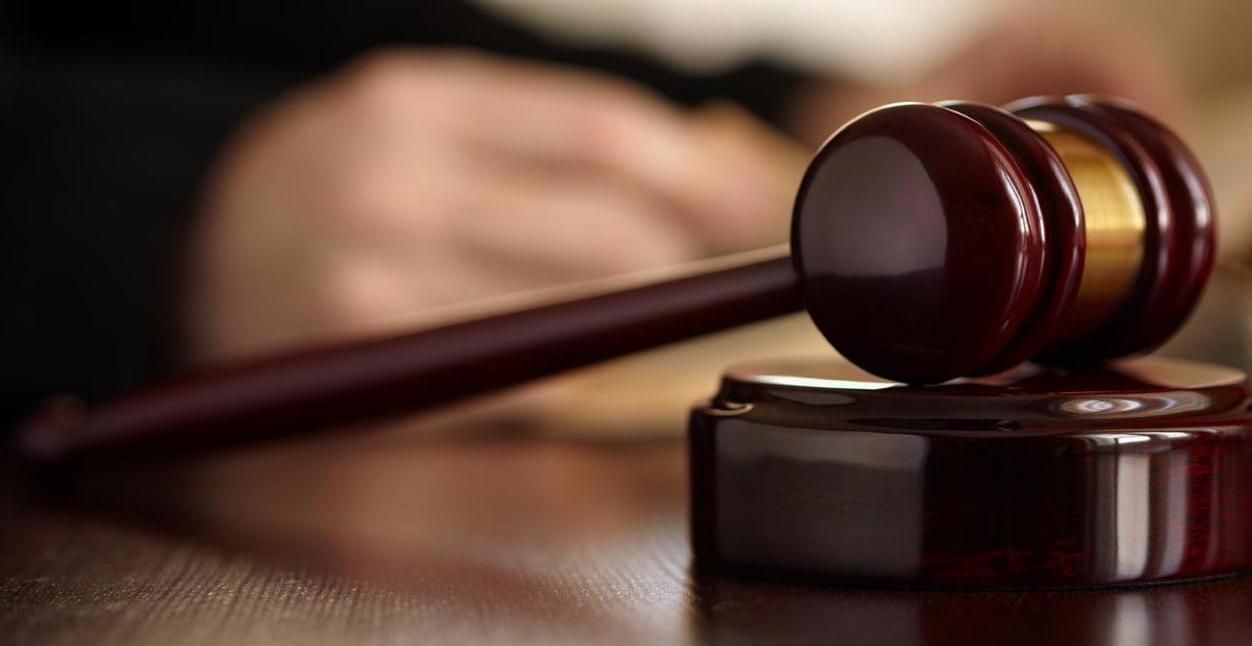LEGAL MATTERS
BY JESSIE TAYLOR
THE CONSTITUTIONAL COURT: A pillar of democracy and transformation
O
ne of the pillars of South Africa’s democracy, the Constitutional Court, has been upholding the rule of law and furthering transformation for 25 years. The Constitution celebrates its 25th anniversary in 2021, after being signed into law in 1996. The Constitutional Court was created as a transformative legal entity that would provide justice for all races, by safeguarding this key legislation. Upholding the supreme law of the land The Constitutional Court is the highest court in the county and is responsible for the interpretation, protection and enforcement of the Constitution. The court only hears matters that involve the application or interpretation of the Constitution. As the supreme law of the land, no other law or
government action can supersede its provisions. It contains the Bill of Rights, the fundamental human rights of all people in the country, and affirms the democratic values of human dignity, equality and freedom.
Since its establishment in 1995, the Constitutional Court has heard several landmark cases The Bill of Rights is based on the Universal Declaration of Human Rights and the South African Freedom Charter, but the idea of a Bill of Rights for South Africa can be traced as far back as an ANC document in the early 1920s, some 30 years before the development of the Freedom Charter. While the notion of human rights for all received much support, the
34 | Public Sector Leaders | April 2021
question of who would implement it came under much debate. This was settled at a conference organised by the Constitutional Committee of the ANC in 1991 when a commitment was made to form aConstitutional Court that would be able to hear cases by direct access, as well as by referral and on appeal. The leadership at the time felt a court, independent of existing judiciary structures, needed to be created to protect the Constitution. At the time of the Constitutional Court’s creation, the judiciary was unrepresentative of the country’s population. This limited the judiciary’s legitimacy and its capacity to draw on the sense of justice of all communities. In creating a new court to protect the Constitution and the fundamental human rights of all South Africans, it was decided to include more representation of











